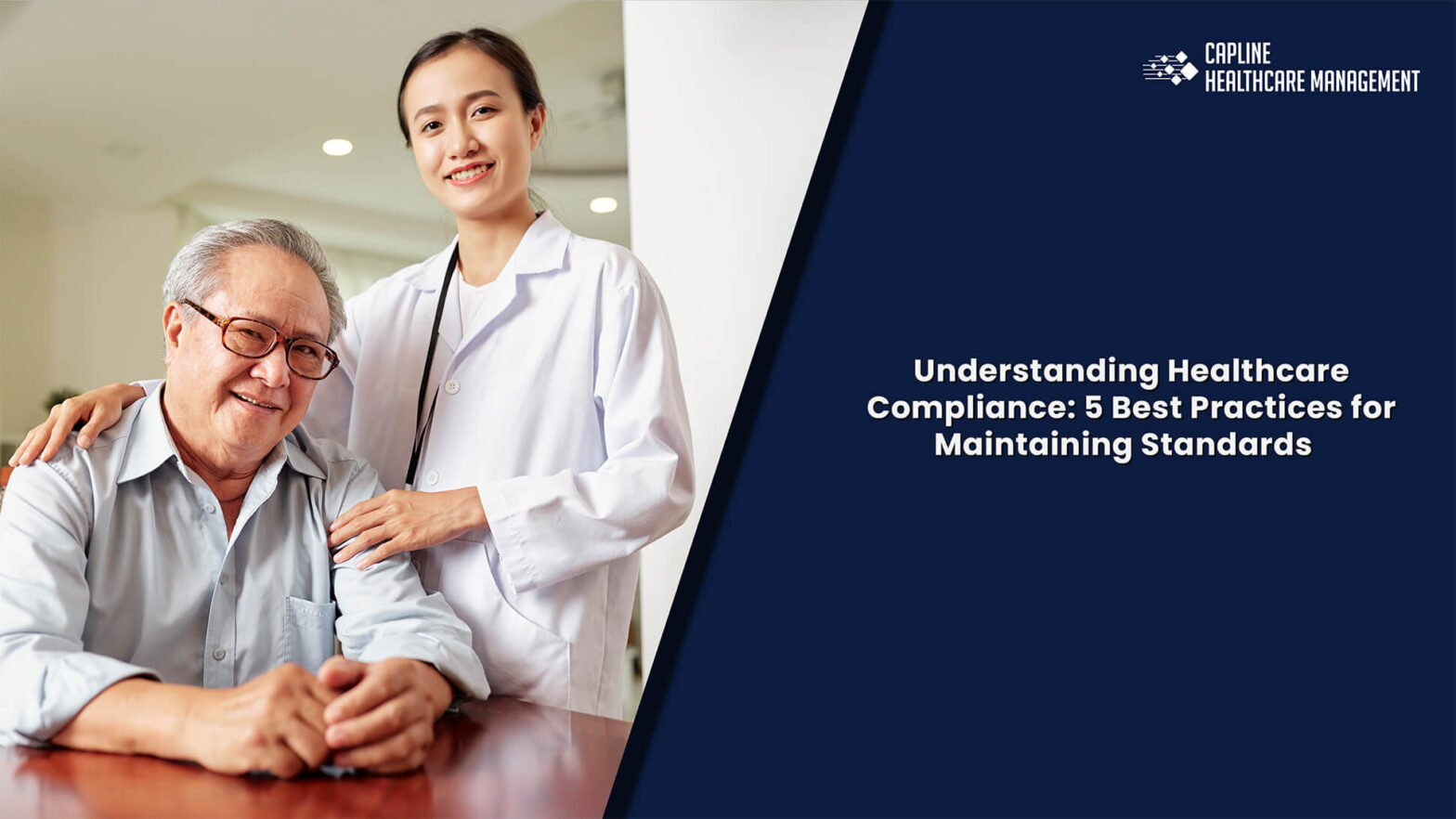Understanding Healthcare Compliance: 5 Best Practices for Maintaining Standards
Organizations need to keep all healthcare regulations at the forefront because this practice provides both essential patient safety and organizational survival. Healthcare compliance requires continuous dedication since it applies to every medical practice area. Organizational integrity, together with quality care, depends on compliance throughout every aspect of small private clinics and sprawling hospital networks.
The stakes couldn’t be higher. In 2023, healthcare entities paid healthcare compliance penalties that totaled $2.5 billion. Patient trust, staff morale, and community standing, along with financial cost, are all critical results of compliance failures. What establishes a HIPPA compliance program as effective rather than merely present?
The article examines five established effective methods that lead to successful healthcare organizations as they uphold their compliance standards. These principles will be beneficial for your organization because they provide guidance through the challenging regulatory landscape, regardless of whether you modify an existing program or develop a new one.
Why Healthcare Compliance Matters Now More Than Ever
Healthcare compliance has gained intensified importance in recent years, so we should first understand its foundation.
Healthcare regulations expand at a fast rate through continuous changes. The pandemic has ushered the health institutions to launch plans on fast-tracking digital transformation, which resulted in telehealth applications for both home monitoring systems and digital record keeping. Healthcare innovations that provide benefits create new obstacles to compliance by generating data privacy issues and security concerns, as well as patient consent requirements.
The enforcement sector has intensified its operational activities. The Department of Justice, together with the Office for Civil Rights (OCR), now performs more rigorous compliance audits at a higher rate. Tight yet insignificant compliance mistakes that previously escaped notice have become targets of detection that expose organizations to enforcement actions.
The following five best practices will help your organization achieve standards while surpassing them in current compliance scenarios.
1. Develop Clear Policies and Procedures
All healthcare organizations need to create written documents that establish clear policies for compliance guidelines.
- Healthcare organizations should update their policies according to changes in laws at both federal and state levels, and HIPAA remains a key reference point.
- Healthcare laws change frequently, and they demand annual reviews and revisions of all policies.
All hospital workers, including administration staff and healthcare providers, need access to these guidelines to maintain consistent application.
2. Provide Comprehensive Training and Education
A trained workforce stands as the primary barrier that prevents HIPPA compliance violations from occurring. Every staff member should comprehend compliance rules and master appropriate procedures for managing confidential patient data.
- The training program is a mandatory requirement for every new hire, while annual updates apply to all existing staff.
- Healthcare data breaches resulting from human mistakes reach 60% of total cases, according to research data, thus demonstrating the necessity of continuous staff education.
- The training on HIPAA should present real-world examples to demonstrate the critical nature of protecting patient information security and privacy.
3. Conduct Regular Audits and Risk Assessments
Before major issues arise, organizations need to conduct regular audits to find compliance gaps. To evaluate their regulatory compliance, organizations must perform both internal and external audits.
- It is recommended that internal audits be done every quarter to keep in line with daily operational procedures.
- Risk assessments by identifying opportunities where the risk might exist, e.g., weak cybersecurity measures or improper patient data handling.
4. Implement Effective Communication Channels
Encouragement of an open culture is essential to encourage compliance. Employees would report perceived violations of compliance without fear of repercussion.
- To promote employee reporting of compliance issues, organizations must develop systems that allow for confidential submissions.
- Staff members stay updated with new regulations through regular compliance meetings that also enable them to address operational concerns in real time.
5. Engage Professional Consulting Services
Healthcare organizations frequently seek medical compliance consulting services to navigate their complex regulatory landscape. Medical compliance experts offer organizations both expert advice and help them maintain regulatory compliance.
- Healthcare organizations receive detailed compliance assessments from consultants who develop specific recommendations according to their organizational requirements.
- Healthcare facilities achieve decreased compliance-related fines by collaborating with professional consultants who provide healthcare compliance solutions.
Bringing It All Together: Integrated Compliance Management
The best practices maintain their value but deliver optimal results when implemented as an integrated system. When healthcare compliance solutions bring together documentation with training monitoring and reporting functions, they generate efficiency that separate systems fail to achieve.
Integration offers several advantages:
- Efficiency: Staff spend less time switching between systems and more time on patient care.
- Consistency: Unified approaches ensure all departments follow the same standards.
- Visibility: Leadership gains a clear perspective on organization-wide compliance status.
- Adaptability: Integrated systems can implement regulatory changes more quickly and thoroughly.
- Documentation: Should auditors come calling, integrated systems provide comprehensive evidence of compliance efforts.
Whether you build your integrated system internally or leverage commercial healthcare compliance solutions, the key is ensuring seamless communication between components.
Conclusion
The process of healthcare compliance management goes beyond penalty prevention because it directly protects patient safety and safeguards sensitive data while preserving trust. Organizations dedicated to compliance achieve better patient care quality with fewer legal consequences.
When healthcare providers seek to simplify their compliance processes, they should consider professional support as a major solution. The healthcare compliance solution services from Capline Healthcare Management guide medical practices through complete requirements for changing healthcare laws. Healthcare providers benefit from expert guidance because they receive help to deliver patient care while upholding all necessary healthcare compliance standards.
The implementation of best practices enables healthcare organizations to defend patient data while improving operational efficiency and maintaining top-quality care standards throughout regulatory changes.




